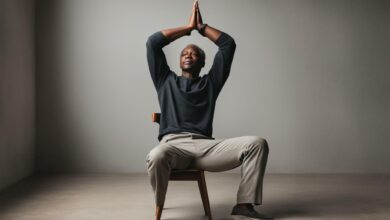Health News
53 seconds ago
How to stay safe during heavy rain, lightning and tornadoes
Storms sweeping across the central U.S. beginning on April 15 could inundate as many as 40 million Americans with large hail, high-speed winds and even tornadoes, meteorologists warned Monday. Weather — from heat to cold to tornadoes…
Health News
12 hours ago
Shoppers are ‘ridiculously thankful’ for this No. 1 bestselling $25 anti-hair-loss duo — now nearly 40% off
Shed happens. We typically lose about 50 to 100 strands of hair per day, according to the American Academy of Dermatology Association. That might not amount to much, considering we have roughly 100,000 hairs on our heads…
Health News
1 day ago
The 27 best Walmart deals to shop this week — save up to 80% on gardening essentials, beauty faves, tech and more
We hope you’re enjoying this “tweener” period we’re in. You know, that time when winter’s in the rearview but the days have yet to get truly glorious. Our advice? Use this window to get your house in…
Health News
2 days ago
The Korsis T-shirt dress is just $12 at Amazon for 4th of July
A lovely, versatile, comfortable dress for a steal? Yep, meet the Korsis dress. Designed for all-day comfort, this fab frock has a universally flattering A-line silhouette, fits loosely over the body and hits just above the knees.…
Health News
2 days ago
Shoppers call this lazy susan for your fridge a ‘mini revolution,’ and it’s down to just $20
If you haven’t gotten to your spring cleaning yet, you still have some time to get things in order before summer comes around and scrubbing and organizing take a backseat to the sunshine. If decluttering your fridge…









